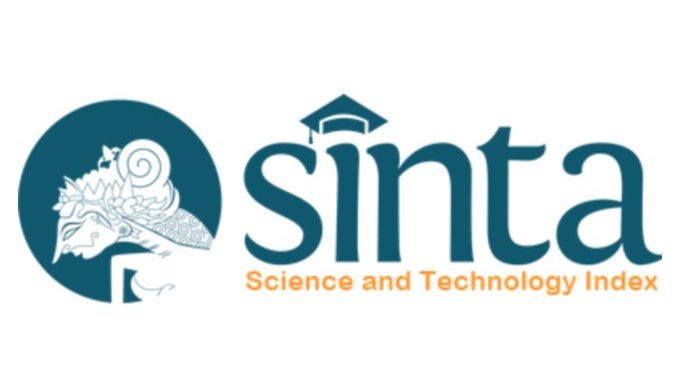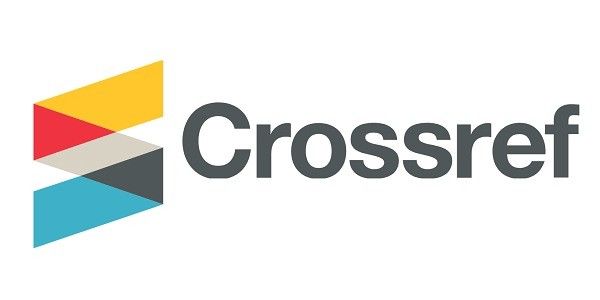Pencegahan dan Tatalaksana Jaringan Parut Abnormal
DOI:
https://doi.org/10.55175/cdk.v47i2.164Keywords:
Jaringan parut hipertrofik, proses penyembuhan luka, keloid, terapi jaringan parutAbstract
Jaringan parut merupakan hasil proses alami penyembuhan luka pada seluruh jaringan atau organ, termasuk pada kulit manusia. Kondisi tertentu dapat menyebabkan terbentuknya parut abnormal yang mengganggu penampilan, bahkan fungsi. Secara umum parut abnormal dibagi menjadi parut hipertrofik dan keloid. Penilaian risiko, teknik operasi yang baik, serta tindakan preventif penting untuk mencegah pembentukan parut abnormal .
Scarring is the result of a natural process of wound healing in all tissues or organs, including human skin. Certain conditions will lead to abnormal scar formation, causing dissatisfaction in appearance even in function. In general, abnormal scar is divided into hypertrophic scar and keloid. Risk assessment, good operation technique, and preventive therapy are important to prevent abnormal scar formation.
Downloads
References
Perdanakusuma DS. Penanganan parut hipertrofik dan keloid. Perdanakusuma DS, editor. 2nd Ed. Surabaya: Airlangga University Press; 2017.
Thorne C, Chung KC, Gosain AK, et al. Grabb and Smith’s plastic surgery. 7th ed. Philadelphia: Wolters Kluwer/Lippincott Williams & Wilkins Health; 2014.
Sudjatmiko G. Paduan praktis ilmu bedah plastik rekonstruksi. Yayasan Lingkar Studi Bedah Plastik; 2014.
Schmieder SJ, Ferrer-Bruker. Hypertrophic scarring. StatPearls Publ LLC; 2018
Thiruvoth FM, Mohapatra DP, Sivakumar DK, Chittoria RK, Nandhagopal V. Current concepts in the physiology of adult wound healing. Plast Aesthet Res. 2015;2:250-6.
Monstrey S, Middelkoop E, Vranckx JJ, Bassetto F, Ziegler UE, Meaume S, et al. Updated scar management practical guidelines: Non-invasive and invasive measures. J Plast Reconstr Aesthet Surg. 2014;67(8):1017-25. doi: 10.1016/j.bjps.2014.04.011
Boutli-Kasapidou F, Tsakiri A, Anagnostou E, Mourellou O. Hypertrophic and keloidal scars: An approach to polytherapy. Int J Dermatol. 2005;44(4):324-7.
Darougheh A, Asilian A, Shariati F. Intralesional triamcinolone alone or in combination with 5-fluorouracil for the treatment of keloid and hypertrophic scars. Clin Exp Dermatol. 2009;34:219e23.
Schweinfurth JM, Fedok F. Avoiding pitfalls and unfavourable outcomes in scar revision. Facial Plast Surg. 2001;17:273–8.
Syed F, Ahmadi E, Iqbal SA, Singh S, McGrouther DA, Bayat A. Fibroblasts from the growing margin of keloid scars produce higher levels of collagen I and III compared with intralesional and extralesional sites: Clinical implications for lesional site-directed therapy. Br J Dermatol. 2011;164:83e96.
Agbenorku P. Triple keloid therapy: A combination of steroids, surgery and silicone gel strip/sheet for keloid treatment. Eur J Plast Surg. 2000;23(3):150–1.
Vrijman C, van Drooge AM, Limpens J, Bos JD, van der Veen JP, Spuls PI, et al. Laser and intense pulsed light therapy for the treatment of hypertrophic scars: A systematic review. Br J Dermatol 2011;165:934e42.
McGoldrick RB, Theodorakopoulou E, Azzopardi EA, Murison M. Lasers and ancillary treatments for scar management part 2: Keloid, hypertrophic, pigmented and acne scars. Scars Burn Heal. 2017;3:2059513116689805. Published 2017 Mar 14. doi:10.1177/2059513116689805
Har-Shai Y, Amar M, Sabo E. Intralesional cryotherapy for enhancing the involution of hypertrophic scars and keloids. Plast Reconstr Surg. 2003;111:1841e52.
Juckett G, Hartman-Adams H. Management of keloids and hypertrophic scars. Am Fam Physician. 2009;80(3):253-60.
Darougheh A, Asilian A, Shariati F. Intralesional triamcinolone alone or in combination with 5-fluorouracil for the treatment of keloid and hypertrophic scars. Clin Exp Dermatol. 2009;34: 219e23
Atiyah BS. Nonsurgical management of hypertrophic scars: evidence-based therapies, standard practices, and emerging methods. Aesthetic Plast Surg. 2007;31(5):468–92.
Malek E, Mohamed A M, Amr M, Omar SE. Evaluation of the effect of platelet-rich plasma on post-burn scars. Open Access J Surg. 2017;5(1):555660.DOI: 10.19080/OAJS.2017.05.555660.
Gold MH, Berman B, Clementoni MT, Gauglitz GG, Nahai F, Murcia C. Updated international clinical recommendations on scar management: Part 1--evaluating the evidence. Dermatol Surg. 2014;40(8):817-24. doi: 10.1111/dsu.0000000000000049
Downloads
Published
How to Cite
Issue
Section
License
Copyright (c) 2020 Cermin Dunia Kedokteran

This work is licensed under a Creative Commons Attribution-NonCommercial 4.0 International License.





















